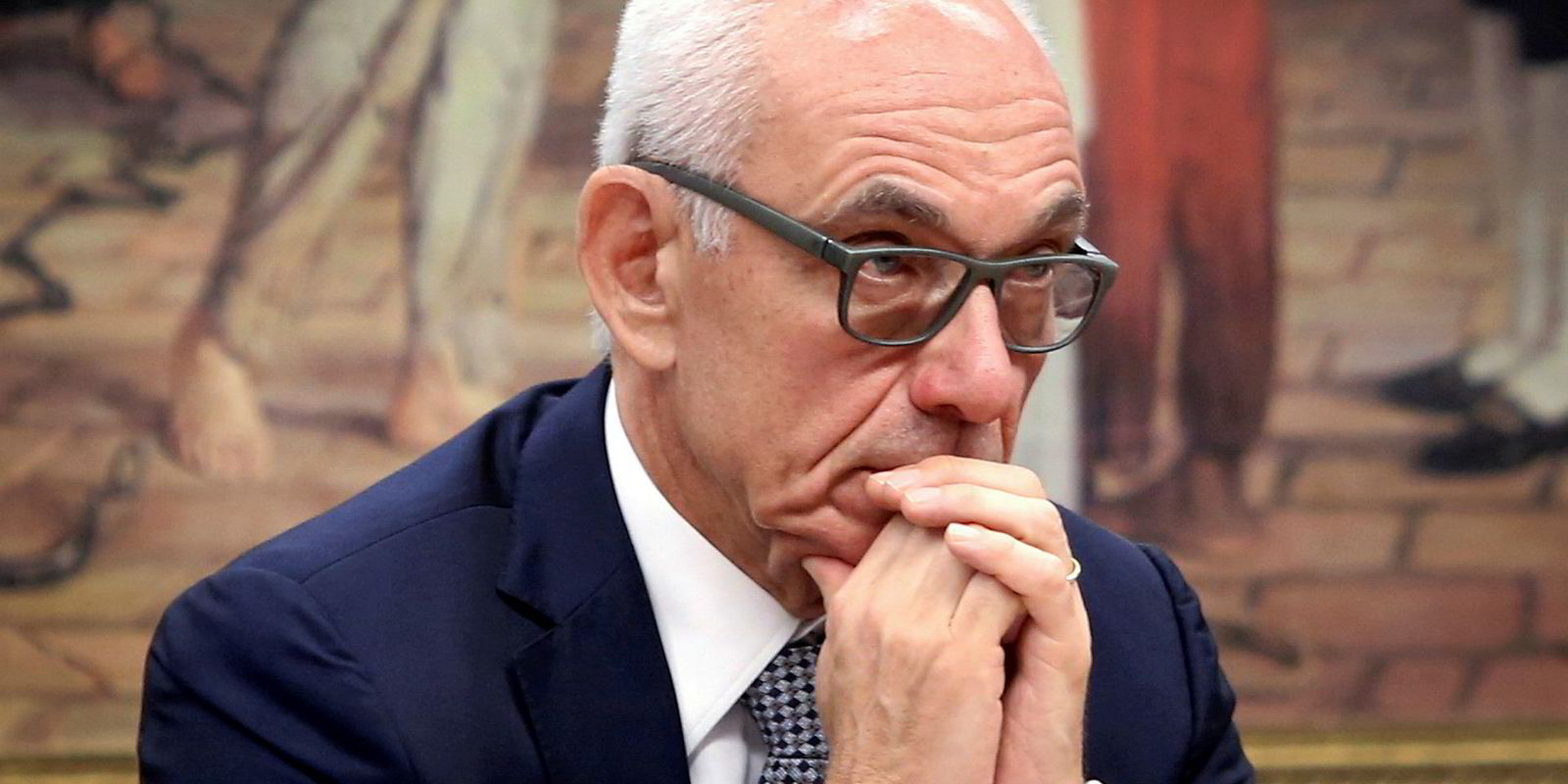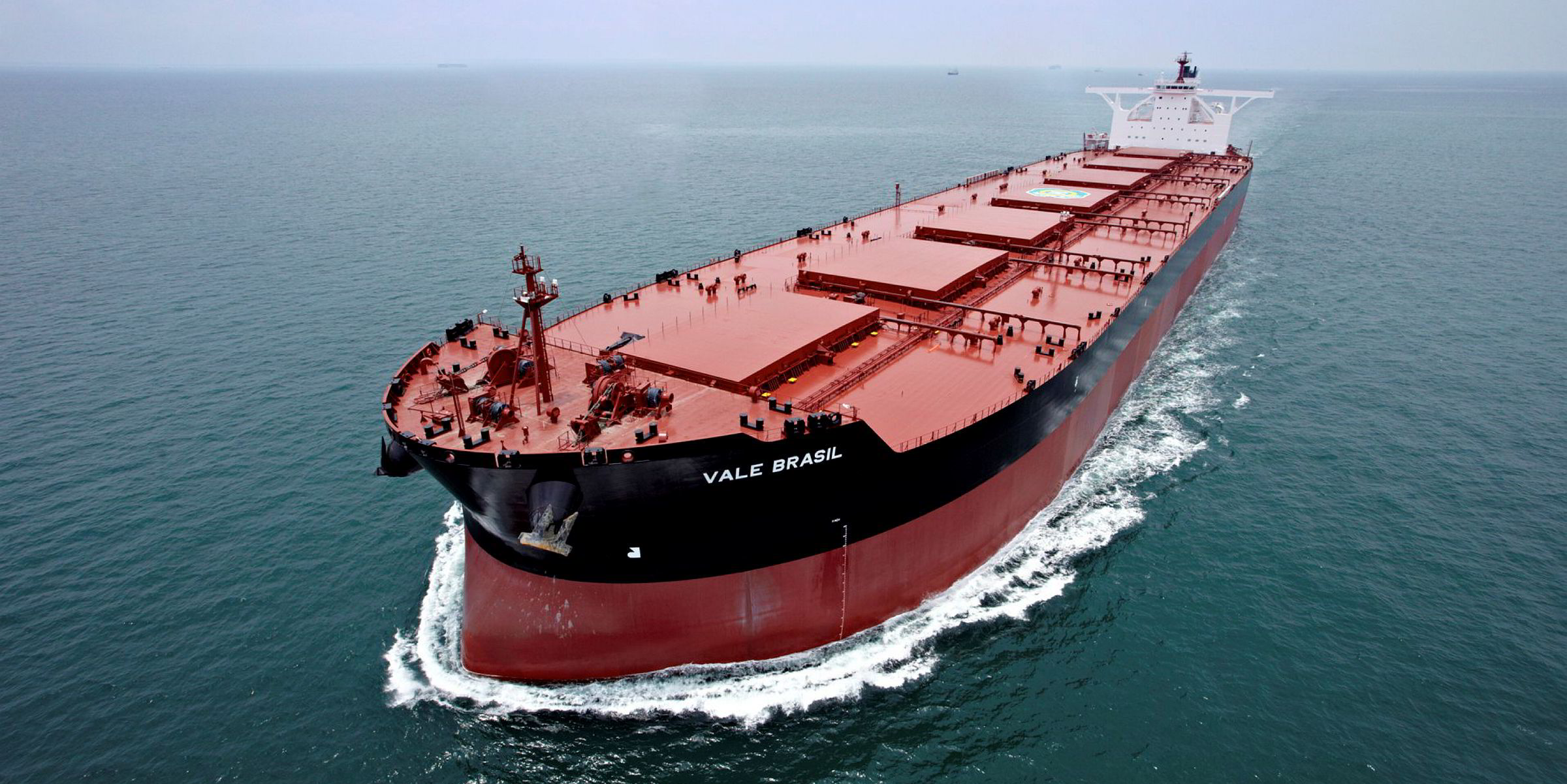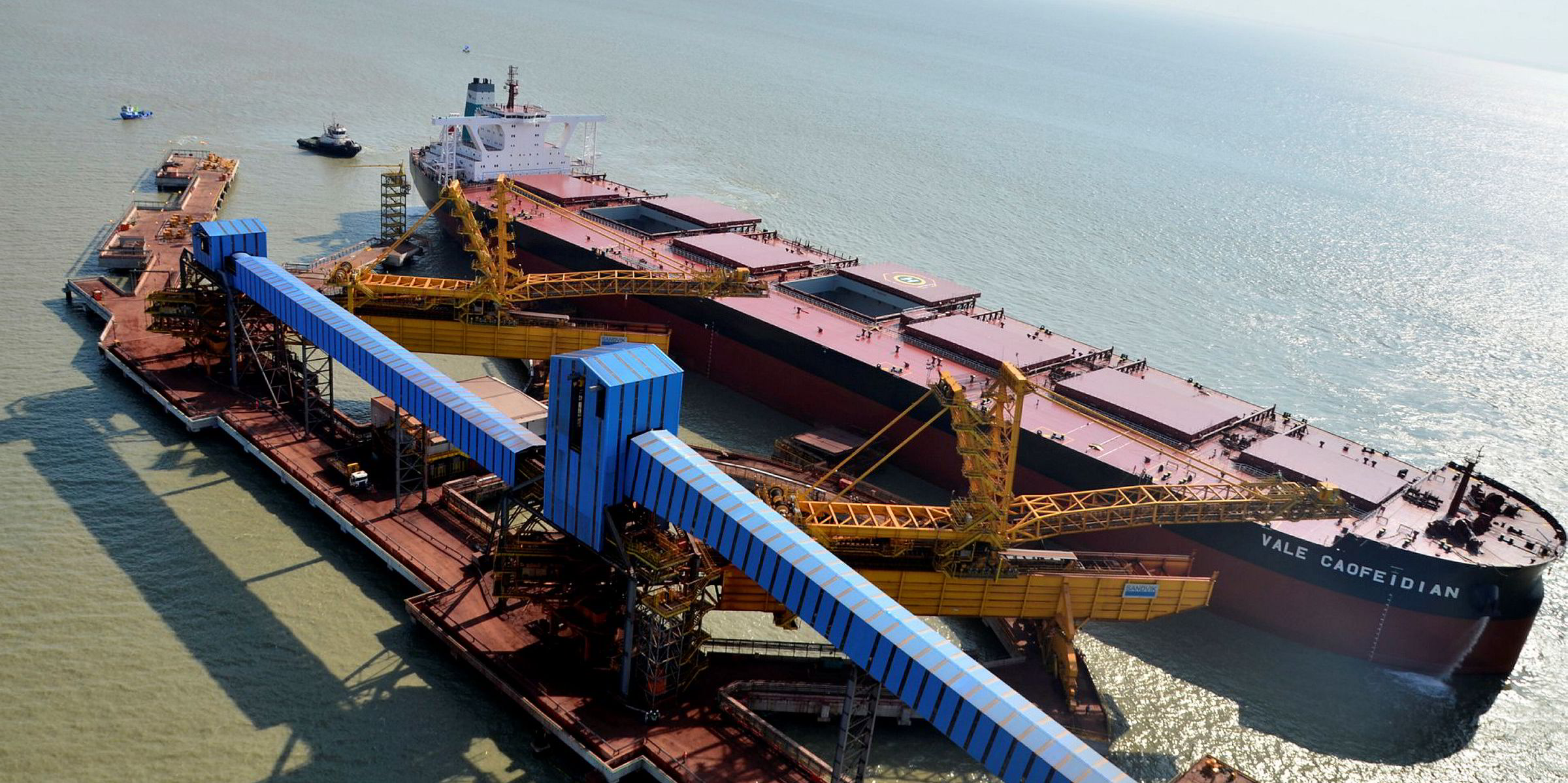Spring is returning to the Northern Hemisphere, and once again the trees resound with the notes of dry bulk shipowners talking up the Baltic Dry Index. Not all the music is cheerful.
People with long positions are always going to be wooing a languid market, but a courtship may take the form of sweet reasoning, anxious coaxing or shrill scolding. The scolding tone this time is embarrassing but forgivable.
After all, dry bulk was showing promise of a recovery at the end of 2018, and commercial souls take promises literally. More than one shipowner is looking at his position list now and reflecting with indignation on the crucial part ocean shipping plays in world trade and how poorly it is being rewarded.
You might argue that entrepreneurial spirits should yield with a better grace to the invisible hand, even when it is a cold one. The private shipowner is supposed to believe that the market is a force of nature with mighty laws like those of physics.
The disappointment of a Chinese state-owned shipowner’s executive is another thing. He has been brought up to believe that the policy of the party-state, of which his company is an arm, is wiser and more scientific than markets, with their contradictions.
Don’t owners deserve better?
East or West, doesn’t the worthy capesize owner deserve better? Isn’t the market being “irrational” to him?
The argument would be that a series of large but transient obstacles to trade are having an outsize effect on sentiment, hammering the spot market despite a robust underlying outlook for demand.
To be sure, the obstacles are many: Donald Trump’s trade war and the general effect of kleptocratic incompetence on world trade; extreme weather wherever you look; and worst, the effects of the fatal collapse of Vale’s Brumadinho tailings dam in January.

But world trade is growing all the same and their stems are not going to haul themselves, say the shipowners. They may have made howling mistakes in matching ship supply and trade demand in the past, but they did not do so last year, so they feel cheated this year.
Some, not least in China, even think the Vale disaster is being used by nefarious charterers or speculators in the forward freight agreement market to do them out of the earnings they deserve.
But the writing is on the wall and it has been read before. Dry bulk is in a hole it will not talk itself out of. The owners ordered their market into that hole soon after the global financial crisis, at the end of an era that will never come again.

“The current rally is not a long-term or substantial market recovery, but rather a short rally through a downtrend corridor or trough. The size and age of the world’s dry bulk fleet have not changed fundamentally,” Liu Xunliang of the China Newbuilding Price Index wrote in March last year.
“[The] end time of the current market rise should be not far away, probably caused by a sudden or accidental event.”
The Vale disaster was that triggering event.
Apocalyptic talk of a dry bulk end-time scenario was not mainstream at the time, but it essentially echoed what Liu has been saying for the past five years. Many in the market — especially chartering brokers and operating shipowners — tell TradeWinds off the record that they agree.
The short-term problem — the huge proportion of today’s fleet that was delivered between 2010 and 2013 — will last for at least a decade. But the long-term problem is a sort of shipowner confirmation bias: the owner’s eternal tendency to overweight positive information and order the ships he or she is itching to order.
“The situation of tonnage surplus will not be fundamentally changed until this batch of tonnage leaves the market,” Liu wrote recently, revisiting his projections. “When this batch of tonnage is likely to exit, other things being equal, the market may begin a new round of recovery when it meets an economic boom.”
Here’s to the dry bulk rally of the early 2030s.





